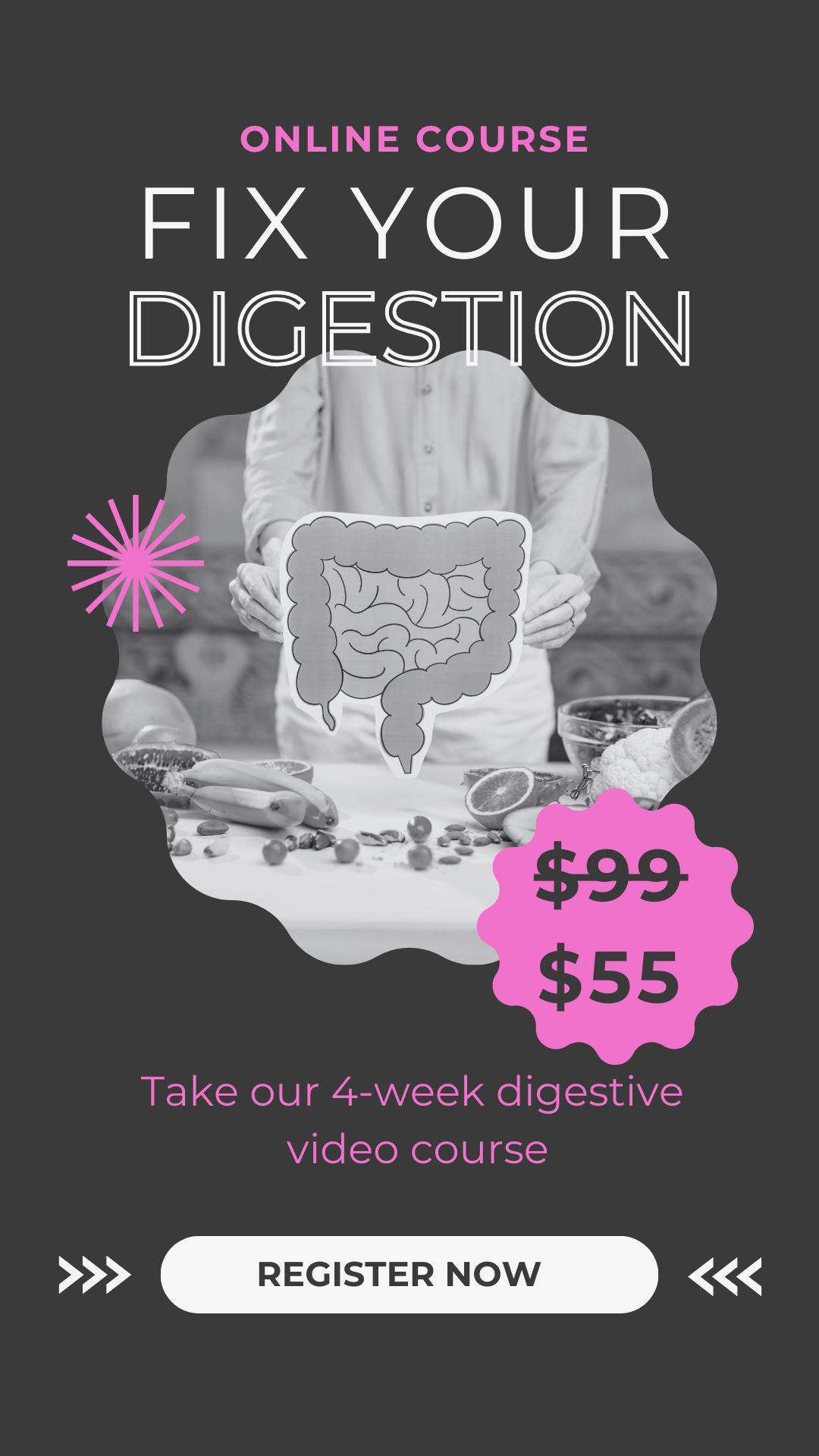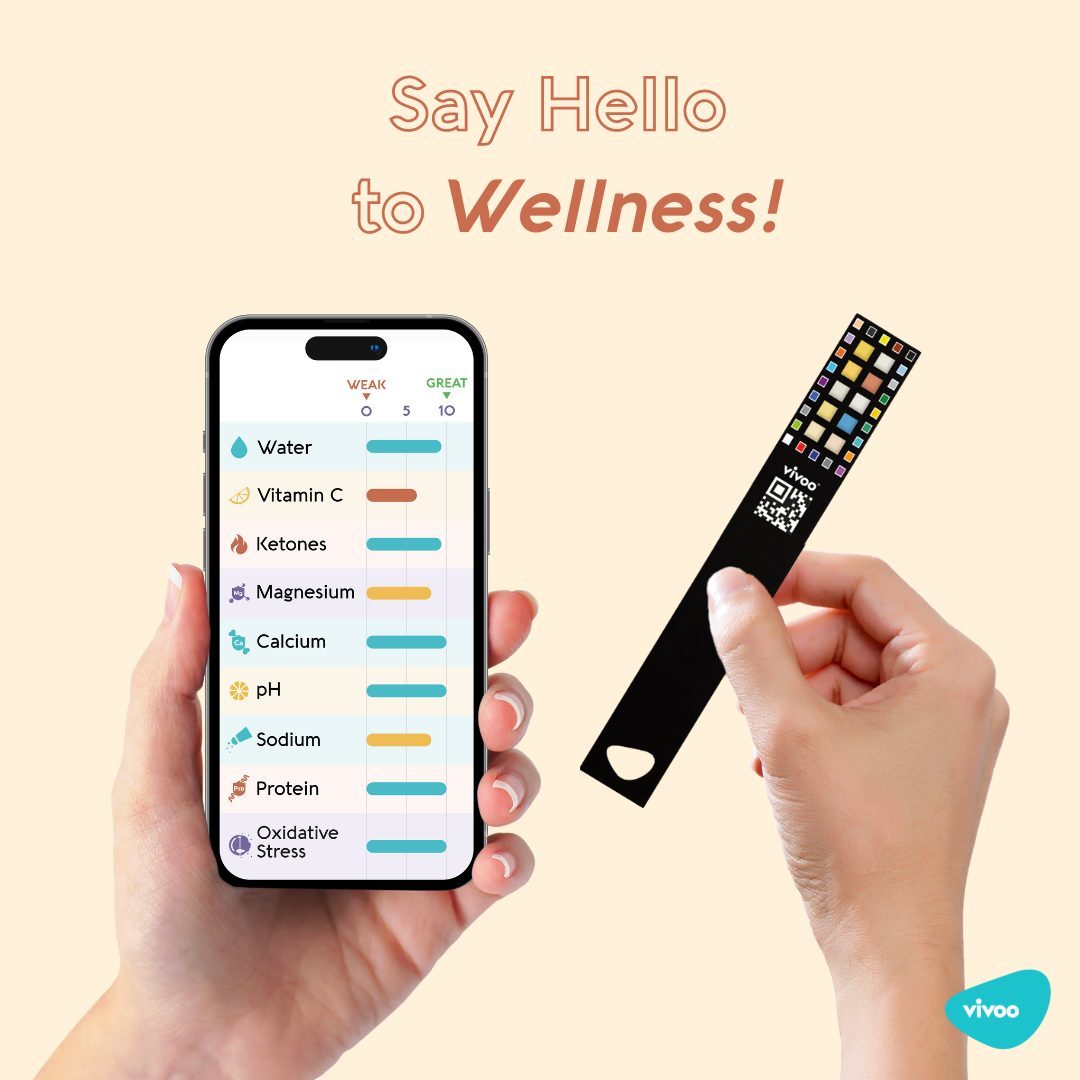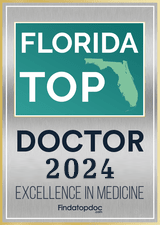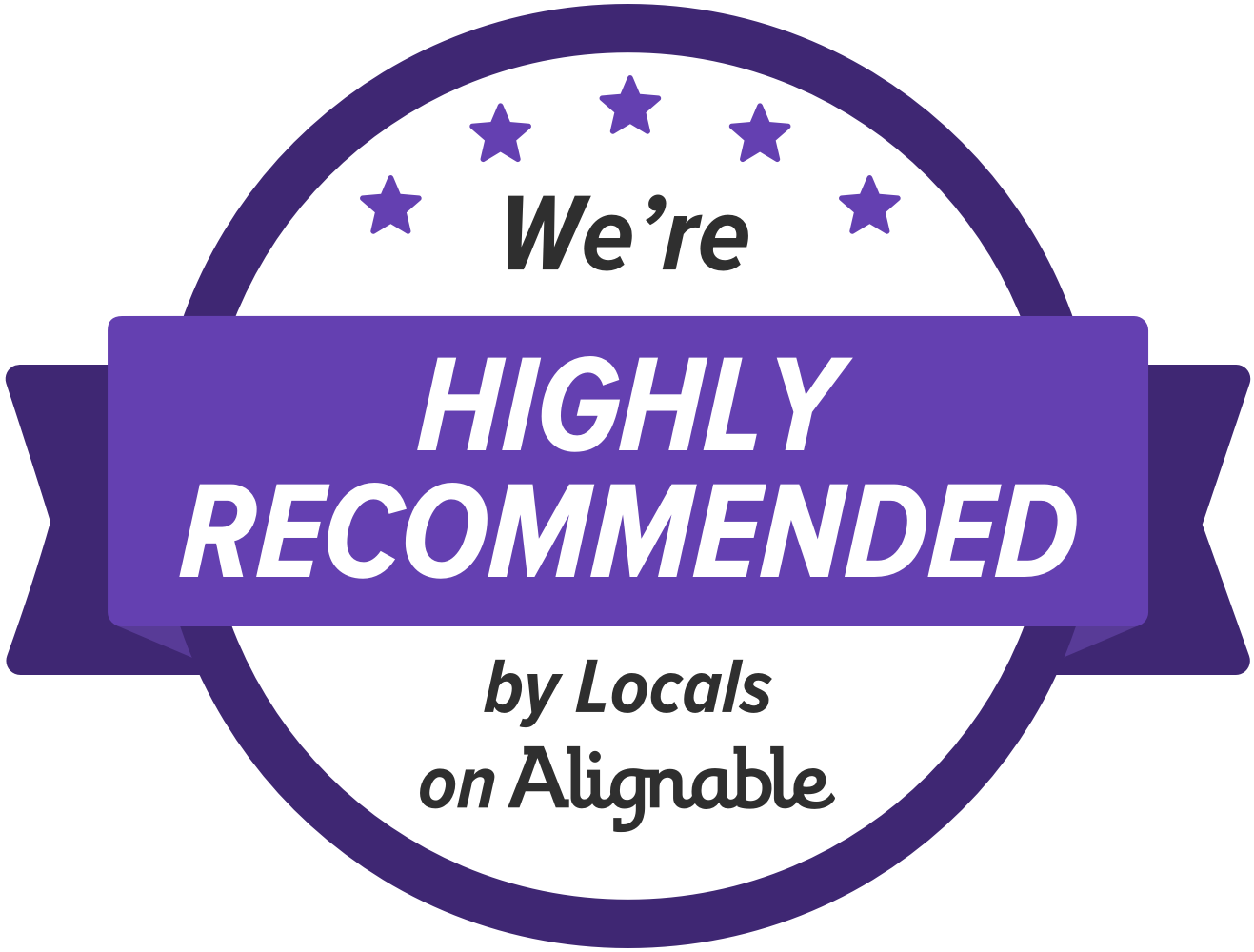Natural Medicine Practitioner Naples, FL
The Paleo Diet Beginner's Guide
Written by Jennifer Smith, Natural Medicine Practitioner and Certified in Holistic Nutrition
*This page may contain affiliate links. Click here to read my affiliate policy.

If you are new to starting with Paleo diet, it is about eating natural food with no or little processing. In simple terms, this way of eating emphasizes eating in a way in which God intended for us to eat (after Eden).
When starting with this lifestyle, a lot of experts recommend taking the 85/15 approach after the very first month. It means 85 percent of the time you can stick to the recommended foods strictly while 15 percent you can have the non-paleo items. This is a good thing because it can be easy to feel overwhelmed with what can feel like near impossible changes to your diet. When doing this, pay close attention to the way you feel as you reintroduce such things in your diet.
The paleo diet helps in removing simple carbohydrates from the diet. When this happens, our body can no longer be healthy with cheap carbs as they need energy and so the body is forced to make use of the fat stores.
Without constant flow of cheap carbs that the body would generally turn into sugar, the blood sugar falls to normal and insulin level starts regulating. And so, regulated insulin level allows lipolysis to take place. Lipolysis is basically the process where your body releases fat stores to be then burned in the form of energy. So, by lowering down the cheap carbs in your body, this way of eating helps the body to start burning fat in no time.
Further, the diet works through focusing mainly on the unprocessed and real foods which have been there for thousands and thousands of years.
Below we present a quick guide to what foods are allowed on the paleo diet. These are the foods that our ancestors had access to.

What Foods To Eat
• Lean meats – beef, veal, venison, lamb, chicken, bison etc (try eating grass-fed version of these)
• Fish – salmon, haddock, sea bass, etc.
• Seafood
• Eggs
• Vegetables – don’t leave these out
• Berries and the less sugary fruits are good
• Nuts – not too much (avoid peanuts)
• Natural oils – olive, coconut and avocado oils
Dr. Sarah Ballantyne from PaleoMom has a great article explains this well! Check out her page "What Is Paleo", to learn more.
So keep in mind that you can eat from a wide variety of foods with this lifestyle. Make your diet plan accordingly and enjoy paleo living effortlessly.
How To Recognize What Is and Isn’t Paleo?
Many times it is clear what paleo is. Beef is found naturally and so it is paleo but ice cream is not, as it is manufactured by the humans. But there are certain times when you cannot judge between paleo and non paleo food. Like you may think that peanuts are paleo as nuts are considered to be so but you will be surprised to know that peanuts are legume and not paleo.
The basic reason why people find paleo diet to be so good and effective is that it helps in losing fat and turns the body from carb burning machine into fat burning system.
So, by now you must have got an idea as to what is the paleo diet, what to eat in it, what is paleo and what is not. This beginners guide can be of your help if you are looking forward to start paleo living and have a healthy life ahead. We will be adding a number of Paleo Diet articles, look out for these in the links below. Thanks for reading!
Written and Reviewed By:

Jennifer Smith, BA, NMP, CHN
Jennifer Smith is a Natural Medicine Practitioner and Holistic Nutrition Practitioner. She has a Bachelor's degree in Christian Counseling. She has completed advanced training in Functional Nutrition, Functional Medicine, Natural Health Consultant diploma, Homeopathy, Biblical natural medicine, and Biblical Eating and Clinical Nutrition. Jennifer has a Natural Medicine clinic in Naples, FL called Fx Remedies Virtual Care.
Empower Your Health Journey with Our Natural Medicine Clinic
Unlock Your Health Potential with Simple At-Home Tests 🌿
Feeling disconnected from your body? Take charge of your health with our natural medicine clinic!
Why Choose Us?
🔹 Personalized Insights: At-home self-tests and Functional Wellness Report tailored for you.
🔹 Empowerment and Education: Guidance from experienced practitioners for well-being and vitality.
🔹 Exclusive Membership Benefits: Access personalized consultations, custom protocols, and ongoing support with our Fx Remedies Virtual Care membership.
🔹 Holistic Approach: Empowering women to manage hormonal imbalances, digestive issues, blood sugar imbalances, and overall vitality.
🔹Functional Medicine Lab Analysis: Comprehensive lab analysis to uncover root causes and provide targeted health recommendations.
🔹 Transformative Journey: Join our Virtual Care membership for a healthier, more vibrant life.
Take the First Step: Prioritize your health. Join us now for a natural, holistic, functional approach to wellness. Our virtual telehealth services are available in Naples, across Florida, the U.S., and internationally.
















